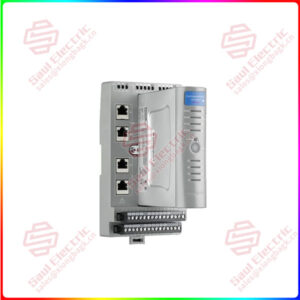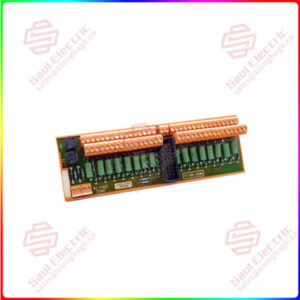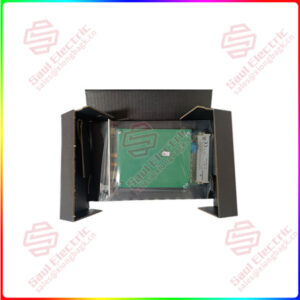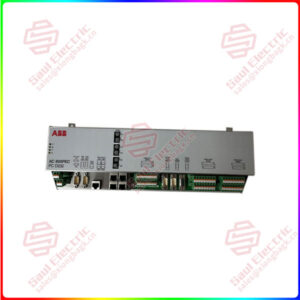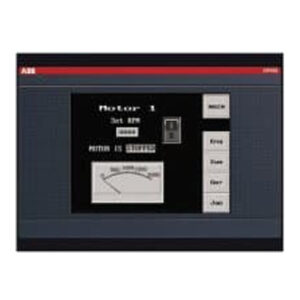Description
Overview
Essential details:51198651-100 power module
The working principle of the power module is mainly based on power electronics technology and control circuit technology. Its core is composed of switching power device and control circuit.
Switching power devices usually use MOSFET, BJT, IGBT and other semiconductor devices, responsible for the power conversion process of the power module. When the switching device is on, the power module can convert the input power into the output power. This electrical energy conversion is intermittent to achieve the desired stable voltage or current output. The working state of the switching device is determined by the control signal or the input signal, and the corresponding switching signal is generated.
The control circuit realizes the precise adjustment and stabilization of the power module. It mainly includes comparator, feedback circuit, circuit protection and so on. As the core part, the comparator compares the feedback information with the set value, thereby controlling the size and stability of the output voltage or current. The feedback circuit is used to obtain real-time information on the output so that the circuit can be adjusted. The circuit protection part is used to prevent overload, overvoltage, short circuit and other abnormal conditions to ensure the safe operation of the power module.
In addition, the design of the power module also needs to consider factors such as ground wire layout and power filter to optimize electrical performance and anti-noise ability. The ground wire design should follow the principles of separating digital ground from analog ground, thickening ground wire, and forming closed loop ground wire. The power filter is used to eliminate the interference signal in the input power supply to ensure the stable operation of the power module.
In general, the power module realizes the conversion, regulation and protection of electric energy through the cooperative work of switching power devices and control circuits, and provides a stable and reliable power supply for various electronic devices.
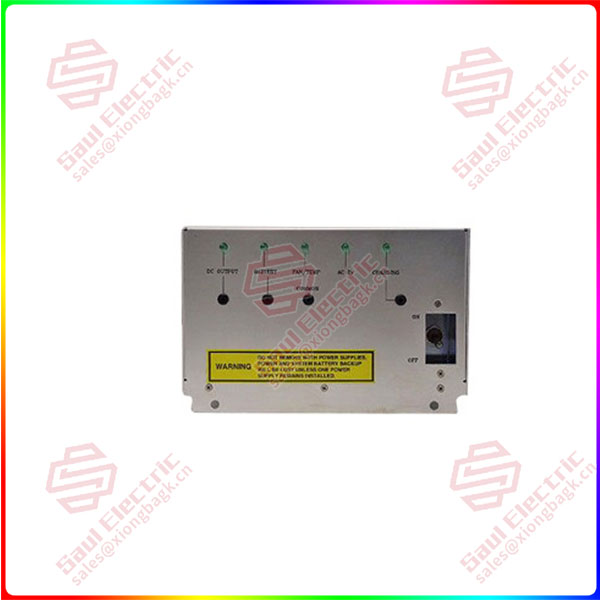
51198947-100
lf you need to inquire or purchase ,please send the product models to my email or call medirectly .
sunny He
[Email] sales@xiongbagk.cn
[Mobile] 86-18059884797
[WhatsApp] 86-18059884797
[Skype] sales@saulcontrol.com
51198651-100 power module


 1 Year Warranty
1 Year Warranty
